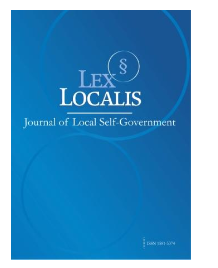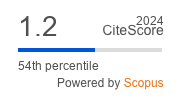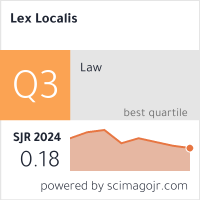GROWTH VS. EQUITY: A COMPARATIVE ANALYSIS OF ECONOMIC DEVELOPMENT AND INCOME INEQUALITY IN DEVELOPED AND DEVELOPING ECONOMIES
DOI:
https://doi.org/10.52152/86x9np04Keywords:
Economic development, income inequality, Singapore, Malaysia, Kuznets Curve, industrialization, redistribution policies, fiscal measures, Workfare Income SupplementAbstract
This study performs a comparative examination of economic development and income inequality patterns and poverty reduction in Singapore, a developed country, and Malaysia, a developing economy, from 2000 to 2023. It examines if their growth patterns align with the Kuznets Curve hypothesis, which asserts that income inequality increases at the onset of industrialization and subsequently decreases as economies develop and adopt redistributive policies. In the early 2000s, Singapore's GDP grew quickly, but inequality also grew. After 2010, however, targeted fiscal measures including Workfare Income Supplements and progressive taxes led to a big drop in inequality. On the other hand, Malaysia's GDP grew steadily, and income equality slowly improved. This was due to continuous structural problems and social spending that included everyone. The analysis shows that there are different policy approaches: Singapore's data-driven and economically responsible redistribution is different from Malaysia's larger focus on development, which includes closing gaps in rural, educational, and healthcare access. The study also looks at how the countries reacted to big global problems including the 2008 financial crisis, the COVID-19 epidemic, and geopolitical tensions. It shows that their resilience was different because of their institutional capabilities and fiscal space. Policy proposals for Malaysia emphasize sustaining robust GDP growth to provide fiscal space for future redistribution, while simultaneously tackling structural inequality through inclusive growth measures. The results highlight the intricacy of the growth-inequality relationship, stressing that economic growth alone does not provide equity without additional measures. This study gives us ideas about how to balance growth and equitable goals. It teaches policymakers important lessons about how to deal with development trade-offs in a world that is always changing.
Downloads
Published
Issue
Section
License
Copyright (c) 2025 Lex localis - Journal of Local Self-Government

This work is licensed under a Creative Commons Attribution-NonCommercial-NoDerivatives 4.0 International License.








